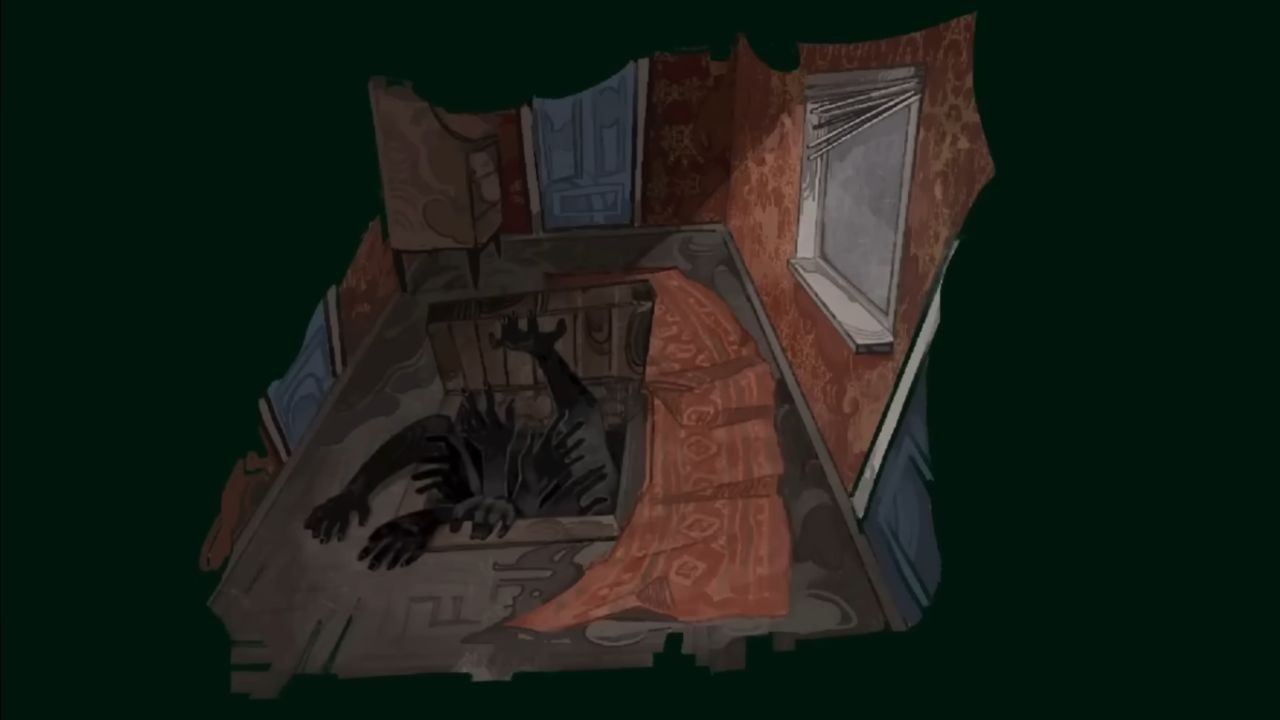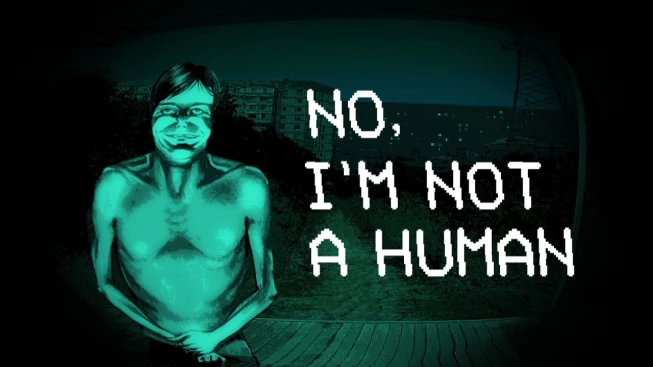The narrative of No, I’m Not a Human is steeped in sorrowful tales where no resolution offers true solace. Certain conclusions plunge players into morally complex scenarios, often evoking visceral discomfort as characters spiral into irreversible darkness. Among these, the Killer Ending stands as a testament to the corrosive effects of fear-driven decisions.
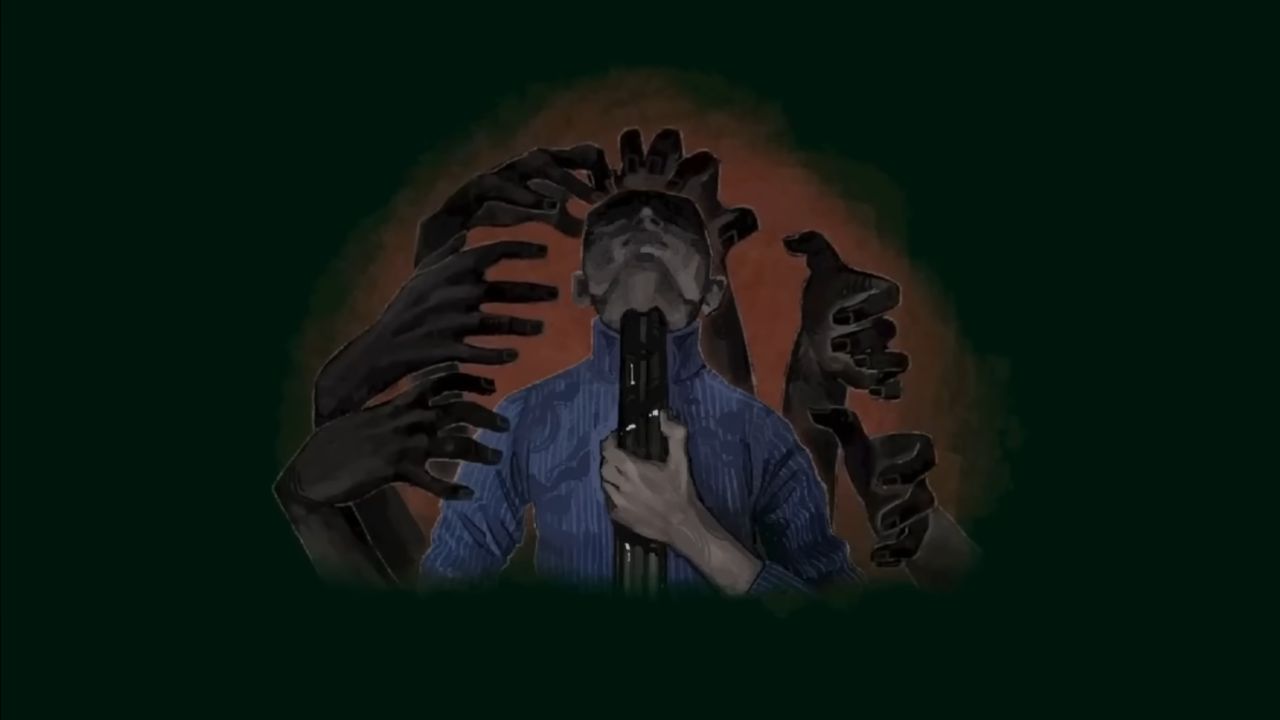
This walkthrough explores the steps required to unlock the Killer Ending while dissecting its psychological underpinnings. Central to this outcome is the protagonist’s gradual unraveling under relentless stress, showcasing how anxiety morphs into self-destructive obsession. Achieving this path demands more than calculated violence—it reflects a systemic erosion of ethics and rationality.
Triggering the ending hinges on methodically cultivating distrust. Early gameplay requires scrutinizing every interaction through a lens of suspicion. Environmental details, cryptic broadcasts, and perceived threats must be interpreted as omens justifying aggression. Neutral or benevolent gestures from visitors should be ignored, as empathy risks steering the narrative toward pacifist resolutions.
Violence here is strategic: each act reinforces the protagonist’s fractured psyche. Weapons like the shotgun become tools for enforcing control, with the game tracking these actions as metrics of moral decay. Hesitation or inconsistency disrupts the required trajectory, necessitating unwavering commitment to preemptive strikes. Survivors’ identities blur—every newcomer is reduced to a potential hazard.
A pivotal figure emerges late in this arc, dubbed the “Prophet.” His arrival confirms the protagonist’s irreversible mental decline, functioning less as a twist and more as a thematic confirmation. Dialogue and symbolism amplify themes of inevitability, locking players into consequences shaped by prior choices. Attempts to halt the protagonist’s rampage only cement their descent, as paranoia warps perception of allies and environment alike.
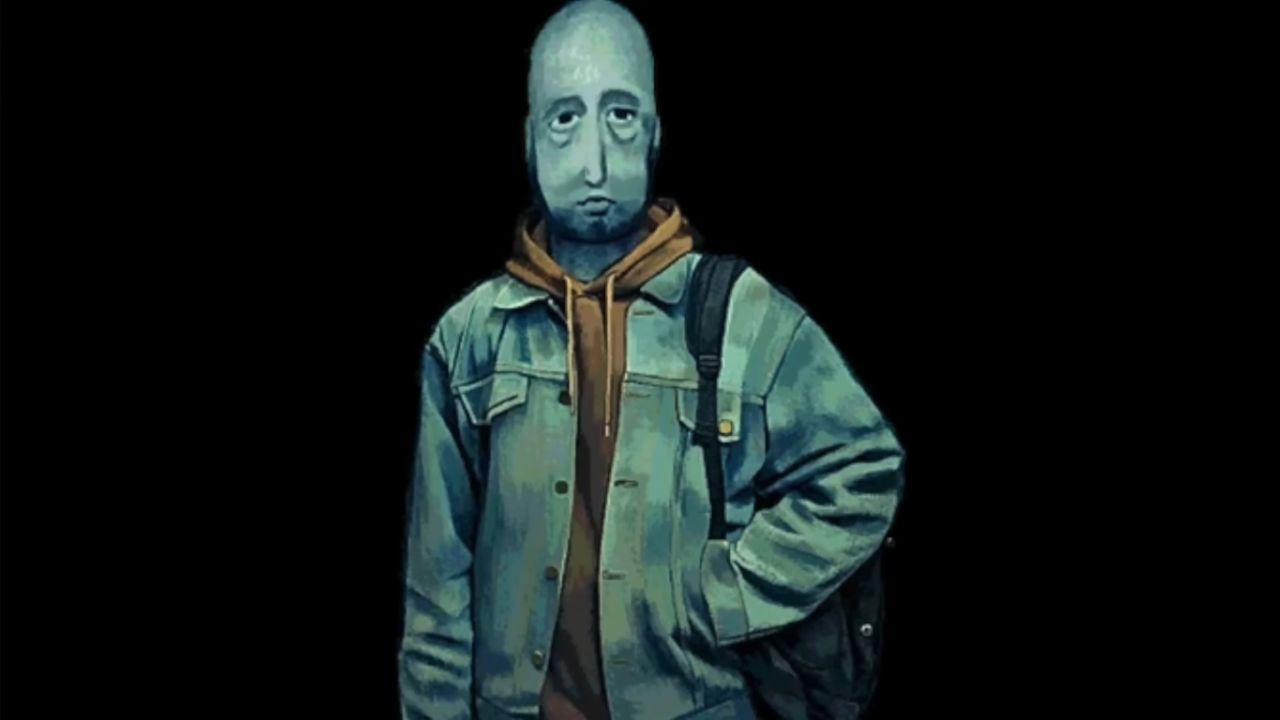



Visual and auditory distortions intensify as the story progresses, reflecting the protagonist’s fractured mindset. Mundane objects take on sinister connotations, while survivor interventions provoke disproportionate retaliation. Ambiguity persists—whether sunlight harms the protagonist or Visitors truly exist remains unresolved, amplifying existential dread.
Thematically, the Killer Ending dissects how fear erodes morality. Survival instincts override ethical boundaries, reducing human connections to transactional calculations. Isolation becomes inevitable, as trust is sacrificed for perceived safety. This path underscores humanity’s vulnerability to manipulation, illustrating how paranoia distorts reality into self-fulfilling prophecies.
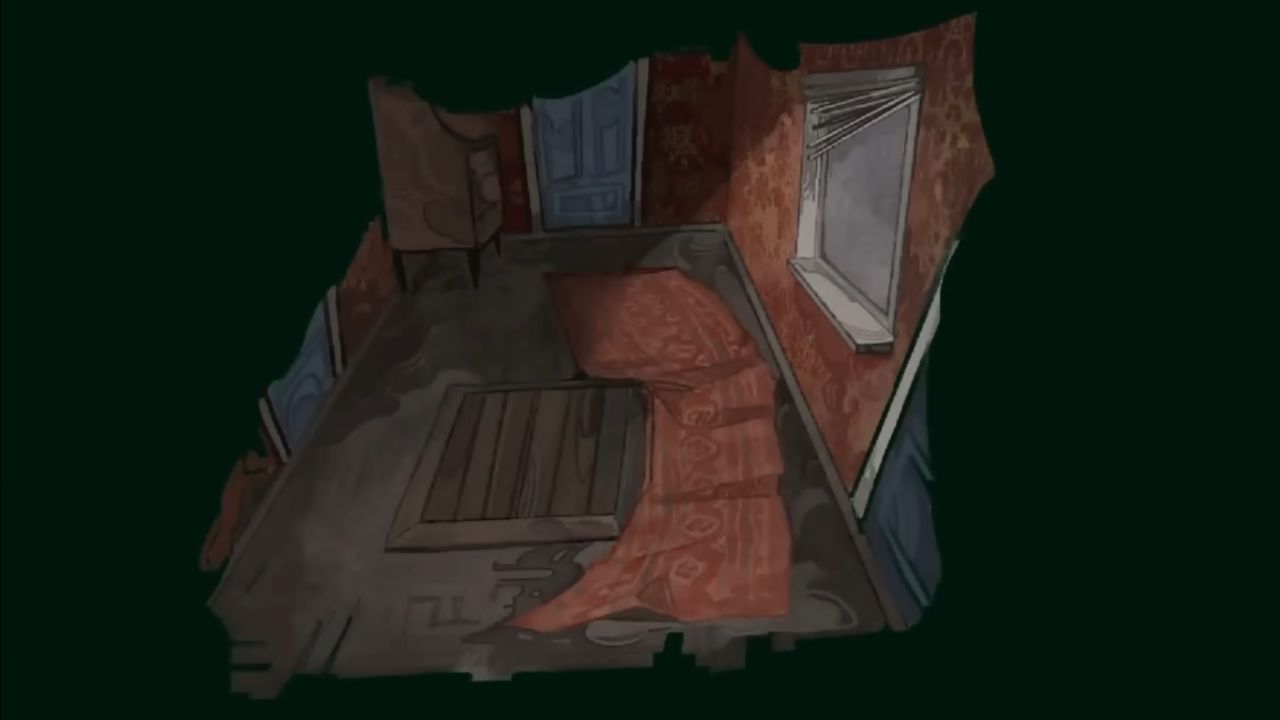



Mechanically, consistency is key. Erratic behavior or mercy disrupts narrative momentum, requiring players to embody unrelenting vigilance. Environmental cues—subtle dialogue shifts, escalating hostilities—demand meticulous observation. The climax arrives when survivors confront the protagonist, their resistance futile against entrenched psychological corrosion.
By obscuring definitive truths, the ending preserves thematic ambiguity. Players confront uncomfortable questions about agency and consequence, emphasizing how fear’s dominance perpetuates cycles of violence. The Killer Ending serves as a harrowing exploration of cognitive dissonance, leaving lasting impressions about the fragility of rational thought under duress.
